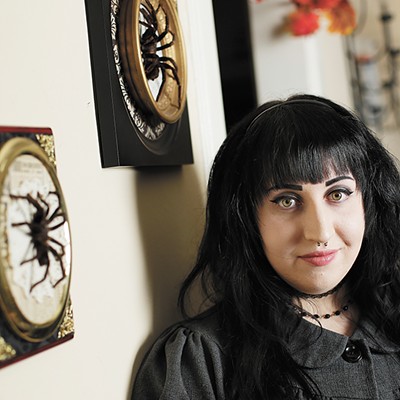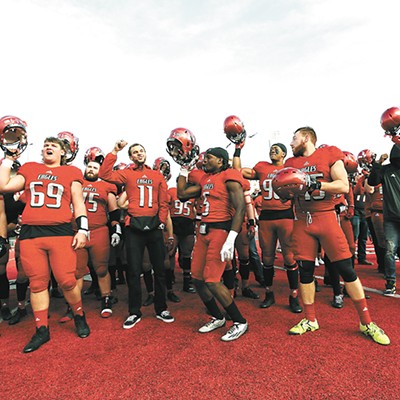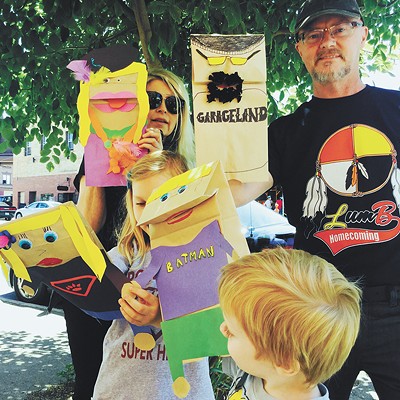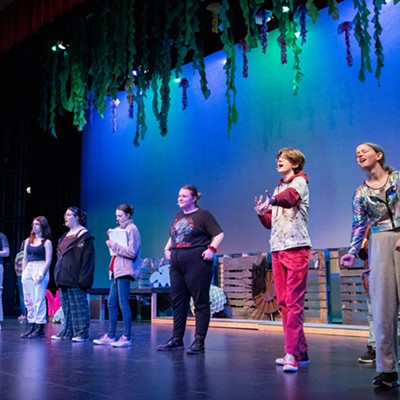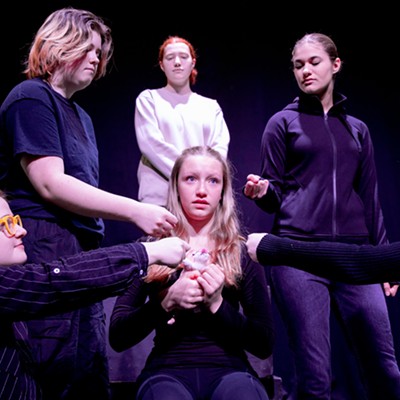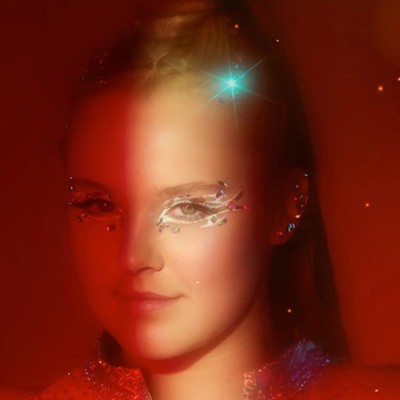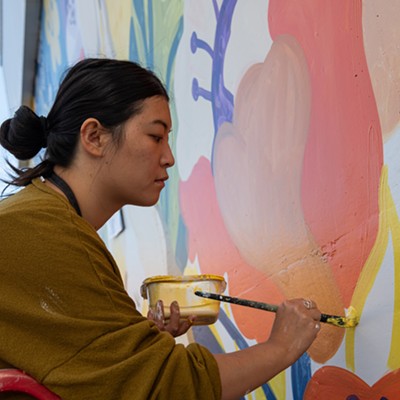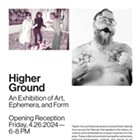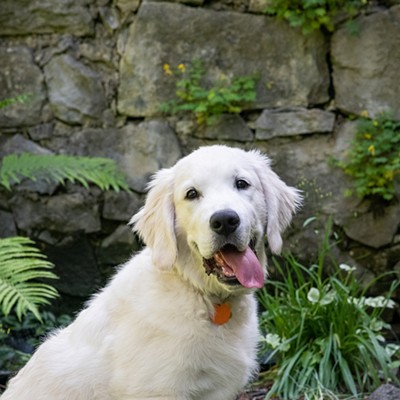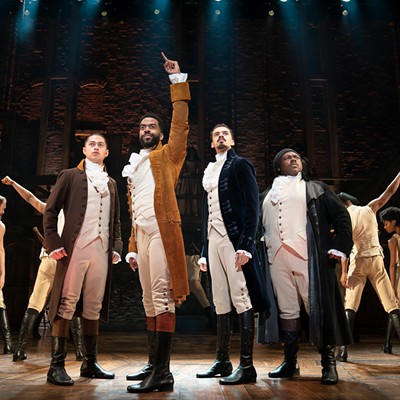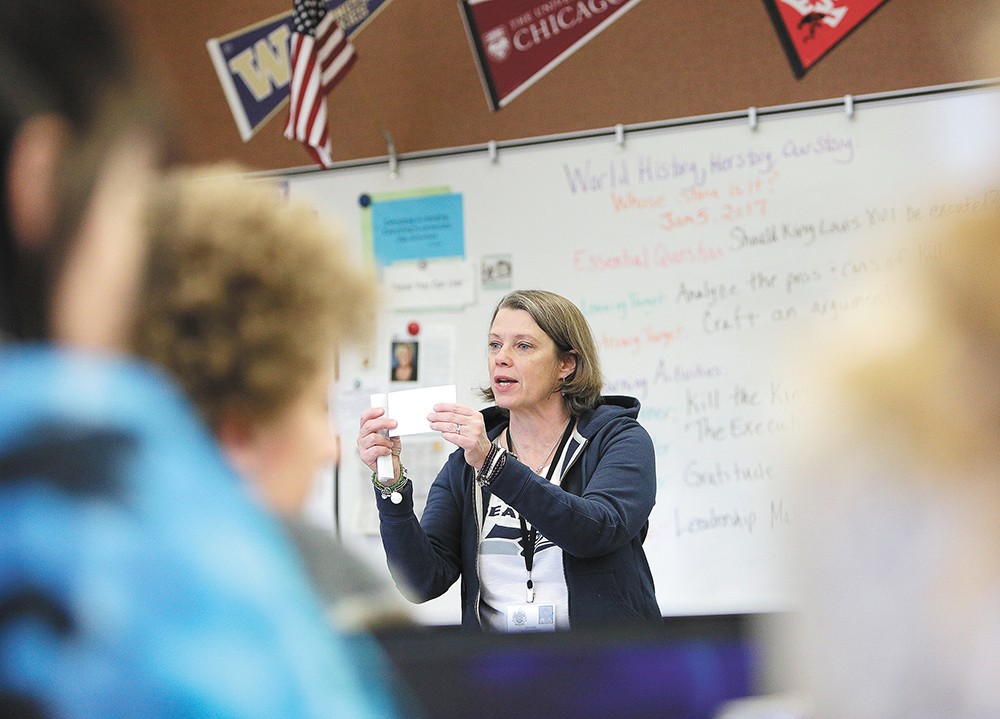
On the projector screen in a Rogers High School classroom, three different articles about President Obama's latest attempt to save part of the Affordable Care Act appear side-by-side. Each news article is coming from a different perspective: the slight left (Washington Post), the right (Fox News), and the center (NPR), as determined by the website allsides.com.
The students in Beth McGibbon's Advanced Placement Capstone class have been asked to break down these articles by identifying the argument, the reasoning and its effectiveness. The goal is to analyze the issue — in this case, Obamacare — from multiple angles, so that students can better evaluate sources for their credibility.
In short, the AP Capstone class is learning media literacy, and how to spot fake or biased news.
"That's a huge goal," says McGibbon. "Is this a reliable and trustworthy source? How do you know? I think that's different thinking for kids."
Three years ago, all five high schools in the Spokane Public Schools system added the two-year AP Capstone class. Fewer than 20 other high schools have the course in Washington. The first year, students, mostly juniors, learn how to weigh source credibility. The second year teaches students how to do in-depth research. By teaching those skills, the thinking is that students will become more proficient at judging source credibility and be better prepared for college.
Ann, a junior in McGibbon's Capstone class, agrees that it's important for all students to learn these skills, now that she's been in the class herself.
"I think students should be taught how to identify fake news and see how people overexaggerate things, so they don't get tricked into having these super-biased opinions just because they read a few articles on it," Ann says.
Kendal, a junior in McGibbon's Capstone class at Rogers, gets most of her news from Facebook. KHQ and Fox pop up on her feed the most, but sometimes she sees her friends share fake news. This class, she says, has helped her know what's fake.
"When I see something on Facebook, I don't necessarily believe it," she says.
But a Stanford study this past fall suggests that this is not the way most students think. The study concluded that middle, high school and college students are easily tricked by sponsored content or fail to see how political bias can influence articles. Researchers said students' ability to discern such information was "bleak."
Steven Gering, Spokane Public Schools' chief academic officer, says the district added the AP Capstone courses in high schools because it's what colleges wanted. It's a different kind of AP program, he says, because it's not content-specific. That means teachers can bring in their own content, such as news articles, to teach students how to look for credible sources and opposing viewpoints.
The hope, says Rogers English teacher Mike Dewey, is that after the first year of the AP Capstone class, students are able to evaluate source credibility. By the time they get to Dewey's class, in year two, they should be able to put that to work in a research project.
"Probably the most important part is the media literacy, the ability to navigate the vast amount of information out there in the world and be confident that what you're getting is reliable and credible," he says.
Dewey says he's already seen the benefits of these courses, but there are still issues. He says that students may be better at picking apart information, but it's often information that they already disagree with.
"One of the skills we try to teach is that when gathering information, as difficult as it may be, try as much as you can to just take all emotion out of it. Don't read it for opinion, read it for who's saying it and how they're saying it," Dewey says.
While the AP Capstone classes are devoted to evaluating source credibility, McGibbon, a social studies teacher, says she is trying to incorporate some of those lessons in her other classes as well.
She uses some curriculum based on Stanford's "Reading Like a Historian" curriculum in her history classes. There, too, students are encouraged to balance both sides of an issue. Sometimes she has her other classes do the same assignments as her Capstone class, as with the Obamacare assignment. But it doesn't always work out.
"I don't mean to say I've got this figured out," McGibbon says. "It was a trainwreck in one of the classes."
Dewey says that if kids know what sources are reliable or credible, and if they can use those sources for their own research, then they are bound for success later in life. In college, if they can't write an argument backed by research, then they're not going to do well, he says.
"Whatever you're going to believe is fine," Dewey says. "But where is the information that those beliefs are based upon coming from? Is it solid, reliable? Or is it propaganda?" ♦



